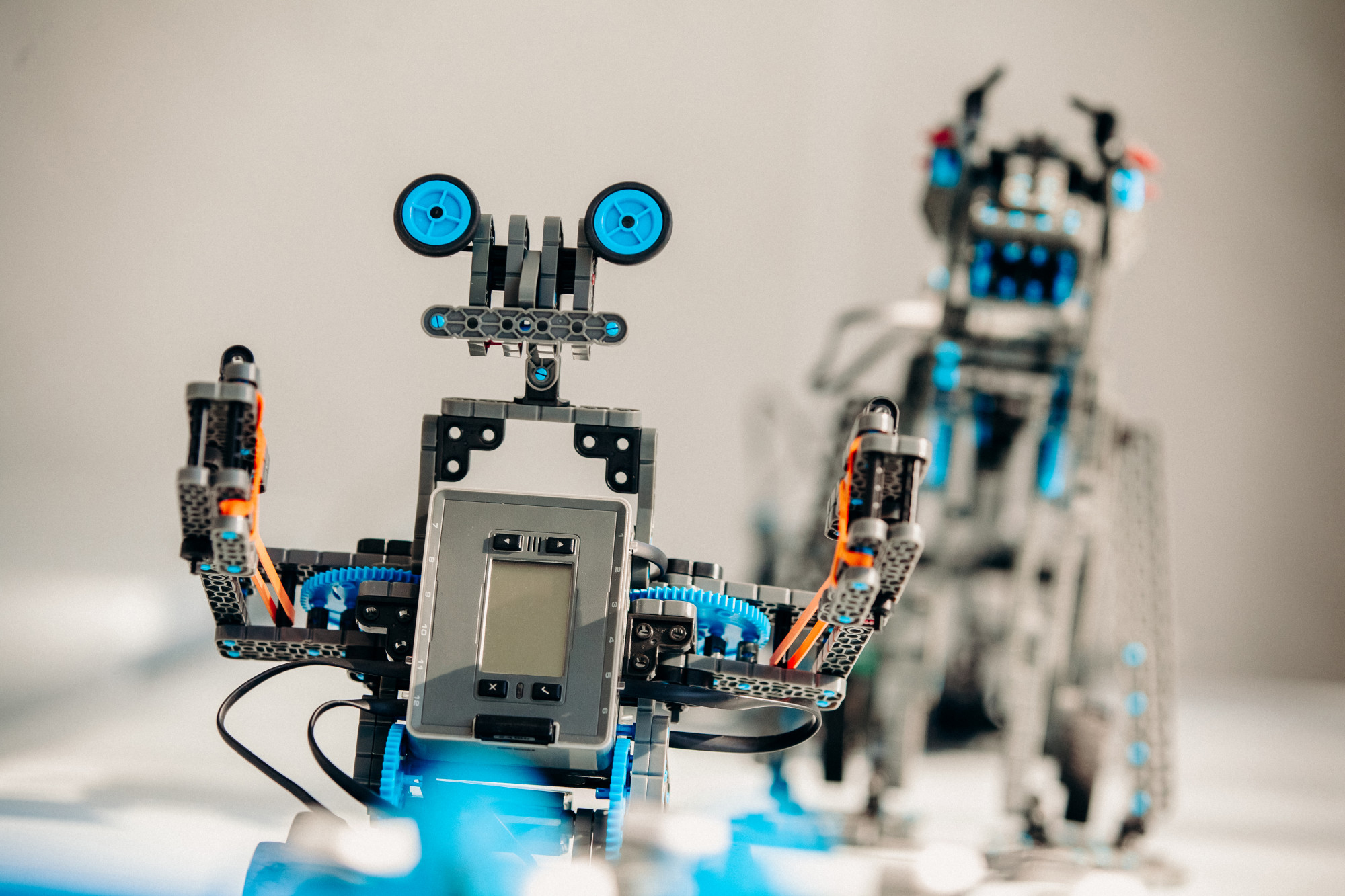
In 2025, enterprises are no longer just automating tasks—they are orchestrating entire business processes through a strategic integration of robotic process automation (RPA), artificial intelligence (AI), and advanced analytics. This evolution is known as hyperautomation, and it’s redefining how organizations operate, innovate, and compete.
What is Hyperautomation?
Hyperautomation refers to the use of multiple technologies—especially RPA robotic process automation, machine learning, AI, process mining, and decision management—to automate complex business processes end-to-end. Unlike traditional automation, which focuses on repetitive, rule-based tasks, hyperautomation is about scale, intelligence, and adaptability.
In essence, hyperautomation allows systems to think, analyze, and act—minimizing human input while maximizing productivity and operational insight.
The Evolution from RPA to Hyperautomation
While robotic process automation solutions have served as the foundation for digital transformation, their capabilities are limited when used in isolation. RPA excels at mimicking human interactions with systems to automate structured, repetitive tasks. However, it doesn’t inherently adapt to unstructured data, dynamic environments, or cognitive tasks.
Hyperautomation extends RPA’s utility by integrating AI-driven decision-making, natural language processing (NLP), optical character recognition (OCR), and predictive analytics. These enhancements empower bots to handle more complex processes like invoice extraction from emails, customer service ticket triage, and forecasting inventory needs.
Key Technologies Powering Hyperautomation
To understand hyperautomation’s potential, it’s important to recognize the components that drive it:
- Robotic Process Automation (RPA): The backbone that automates structured workflows.
- Artificial Intelligence (AI): Brings decision-making, adaptability, and learning to automation.
- Machine Learning (ML): Enables bots to identify patterns and improve over time.
- Process Mining: Provides visibility into how processes run and identifies inefficiencies.
- Advanced Analytics: Transforms data into actionable insights.
- iPaaS (Integration Platform as a Service): Helps connect systems and streamline data flow.
Together, these technologies allow organizations to build intelligent digital workers that operate seamlessly across departments, systems, and processes.
Why Hyperautomation Matters in 2025
In the fast-paced digital economy, agility and efficiency are non-negotiable. Hyperautomation helps businesses:
- Reduce Operational Costs: By eliminating manual work and optimizing workflows.
- Improve Accuracy: With bots handling repetitive tasks, error rates drop significantly.
- Enhance Customer Experience: Faster, smarter operations lead to quicker response times and personalized services.
- Enable Scalability: Automation grows with your business without the need for proportional human resource expansion.
- Unlock Business Insights: Data generated by automated processes can be analyzed for continuous improvement.
With these benefits, it’s no surprise that organizations across industries—from finance to healthcare—are embracing hyperautomation as a core component of their digital strategy.
Real-World Use Cases
Let’s explore how hyper automation is transforming key industries in 2025:
- Financial Services:
- Automated loan processing using AI and RPA.
- Fraud detection through machine learning algorithms.
- Intelligent chatbots for 24/7 customer service.
- Healthcare:
- Patient intake automation with OCR and NLP.
- Medical claims processing.
- Predictive analytics for treatment planning.
- Manufacturing:
- Intelligent inventory and supply chain forecasting.
- Quality control automation using image recognition.
- Maintenance prediction for machinery.
- Retail and eCommerce:
- Order fulfillment automation.
- Smart pricing engines based on AI insights.
- Personalized product recommendations.
Challenges in Hyperautomation Adoption
Despite its promise, hyperautomation isn’t without challenges:
- Integration Complexities: Connecting legacy systems and new tech requires thoughtful architecture.
- Change Management: Employees need training to adapt to new workflows.
- Governance and Compliance: Automating sensitive data processes must align with regulatory standards.
- Scalability Planning: Automation must be designed to evolve with business growth.
To overcome these, businesses need a robust strategy and a trusted partner offering comprehensive robotic process automation solutions.
Future Trends to Watch
As we move further into 2025, expect the following developments in hyperautomation:
- AI-Augmented RPA: RPA bots will continue becoming smarter, handling more unstructured and decision-based work.
- Low-Code/No-Code Platforms: Empowering business users to create automation workflows with minimal IT support.
- Autonomous Enterprises: Organizations will aim to automate entire ecosystems, from backend to customer interaction.
- More Use of Digital Twins: Virtual models of business processes will allow better testing and optimization.
Getting Started with Hyperautomation
Hyperautomation may seem overwhelming, but the key is to start small and scale. Begin by identifying high-impact, rule-based processes that can be automated quickly using RPA. Then, gradually introduce AI and analytics to create intelligent workflows.
Partnering with an experienced automation firm like QeMatic can make all the difference. Our expertise in rpa robotic process automation, AI, and business process optimization helps enterprises unlock true value from their digital initiatives.
Final Thoughts
In 2025, hyperautomation is no longer a future concept—it’s a present-day necessity. By combining the precision of robotic process automation solutions with the intelligence of AI, businesses can unlock agility, resilience, and growth.
As we navigate this era of intelligent automation, those who act now will lead the digital future.

